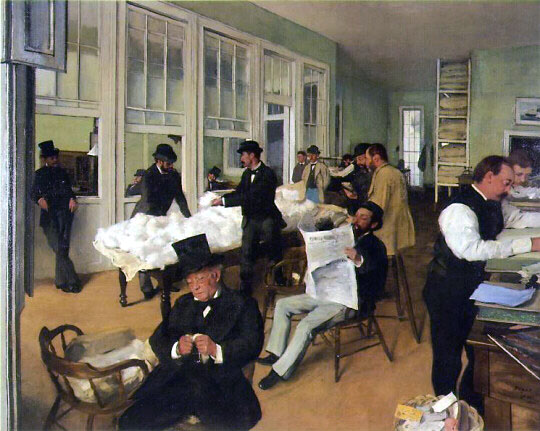Please join us on Thursday, November 12 at 6pm for the last of the lectures in the Representation & Resistance series for this term, "The Greek Slave on the Eve of Abolition" by Caitlin Beach, Associate Professor of Art History, Fordham University. The lecture will take place online. https://tulane.zoom.us/j/91351100042
What kind of image can enact change?
Many nineteenth-century viewers posed this question when seeing Hiram Powers’ Greek Slave (first version, 1844), anticipating that its depiction of a Greek woman in chains might raise metaphorical connections to the urgent matter of slavery’s abolition in the antebellum United States. But as scholars have pointed out, the white marble statue was fraught with complexity in terms of its materiality and subject matter, deflecting as many associations to the enslavement of African Americans as it evoked.
This talk draws on new archival material to rethink the Greek Slave’s relationship to antislavery discourse. Its exhibition intersected the machinations of racial capitalism in the Black Atlantic, concerns that emerged in sharp relief during the sculpture’s American tour and in the city of New Orleans in particular. There, the sculpture’s display was inextricable from the acts of seeing and surveillance central to the institution of slavery and human trafficking. Yet in these same years, the Greek Slave’s closeness to slavery in the U.S. South would become a flashpoint of Black activism and antislavery critique on the global stage. In an age of slavery and abolition, Powers’ sculpture stood on shifting ground.
This lecture is supported by the New Orleans Center for the Gulf South and part of the lecture series Representation and Resistance: Scholarship Centering Race in Western Art, organized by Mia L. Bagneris and Michelle Foa of the Newcomb Art Department and co-sponsored by the Africana Studies Program.
Image caption: Photographer unknown (American), [Hiram Powers' Sculpture of the Greek Slave], ca. 1850, Metropolitan Museum of Art

























